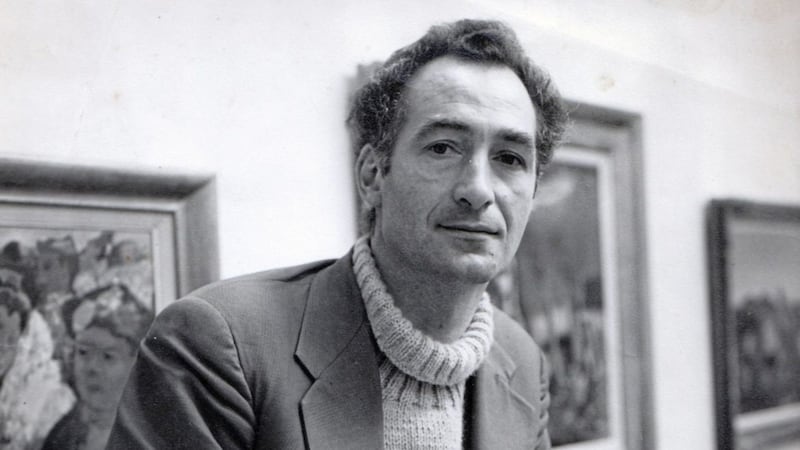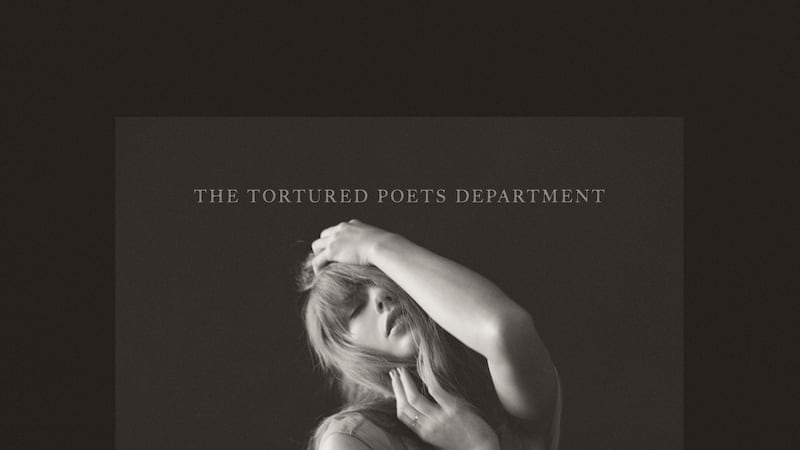"I HAVE to tell you, I fell madly in love with Dan O'Neill – he was a hunk," laughs Karen Reihill as she enthuses about the rakish subject of her new monograph, a noted 'ladies man' whose shirt was often open to the waist in his self-portraits.
Following exhaustive research throughout the past decade, Daniel O'Neill: Romanticism & Friendships finds independent art consultant and historian Reihill delving deep into the complex life of this late west Belfast-born artist, whose painting evolving from an initial burst of muted and moody oils infused with an unusual sensuality into a quirkier late period marked by bright and bold acrylic works.
Hailing from Dimsdale Street off the Springfield Road, O'Neill began painting at age 12 and studying art via books borrowed from the local library. After training as an electrician, he later gave up his trade to help conjure into existence an exciting new modern art movement based in Belfast, becoming known as one of the so-called 'Ulster Painters' alongside his friends and contemporaries Gerard Dillon and George Campbell.
O'Neill, who Reihill reveals struggled with alcoholism and bouts of depression throughout his life, was the most consistently commercially successful of the three artists, his work enjoying critical and collector acclaim in Ireland and overseas before mysteriously fading from public conciousness following his untimely death in 1974, aged 54.
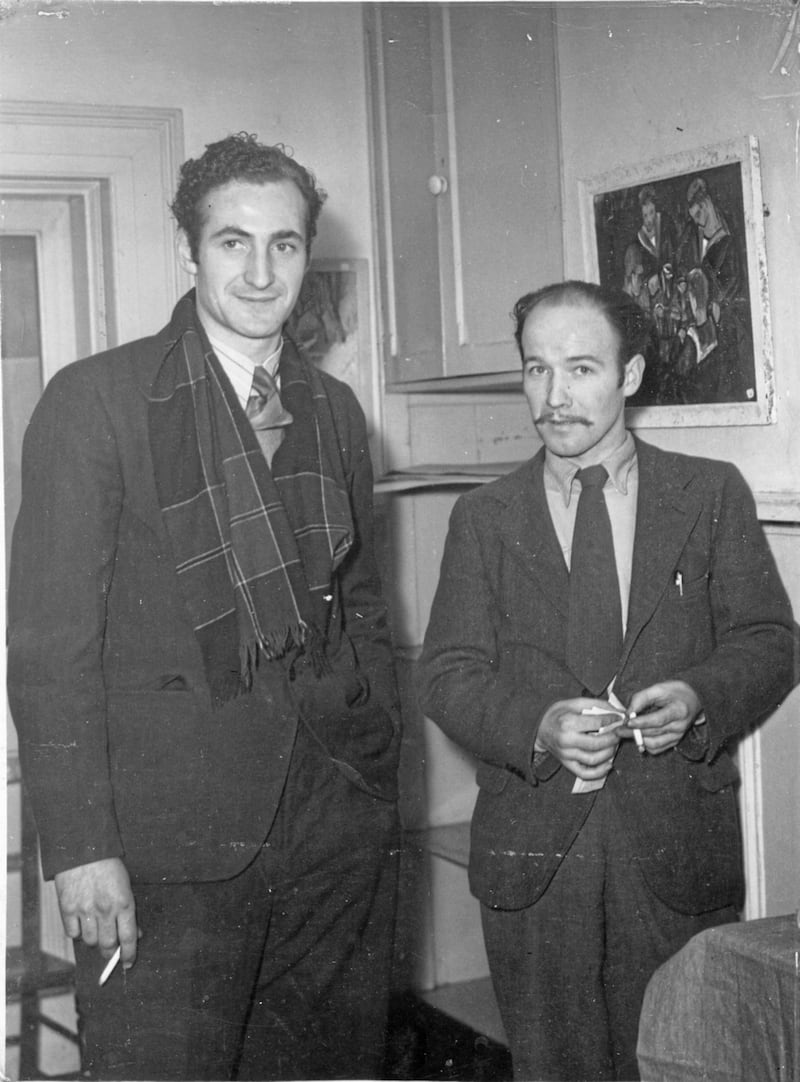
Dublin-based Reihill, who ran Bonham's picture department in London during the late 1980s and worked as a conservator at Ireland's National Gallery before founding Dublin's Frederick Gallery with husband and fellow art lover David Britton in 1991, has become a vocal 21st century champion for the 'Ulster Painters'.
She previously put together two major retrospectives for Dillon and Campbell accompanied by illuminating monographs, Gerard Dillon, Art & Friendships (2013) and George Campbell & The Belfast Boys (2015).
"I think Dan O'Neill is a master," enthuses Reihill, who has been an independent art consultant since 2005. "But after he died, no-one was really looking after his reputation. If he had been promoted in the same way as Jack B Yeats, who knows how he would be seen today. Jack B Yeats didn't paint sensuality – which is what we're looking for in paintings. We're looking for a story and a little bit of melancholy. It's part of all of our lives.
"Unfortunately, there's only one of Dan's paintings currently on public display in Ireland, and that has got to change. That's why the public don't know of him. I got very emotional about that – I felt that somebody had to reclaim him. People also need to see that he's been misunderstood, that he was a very sensitive, complex character."
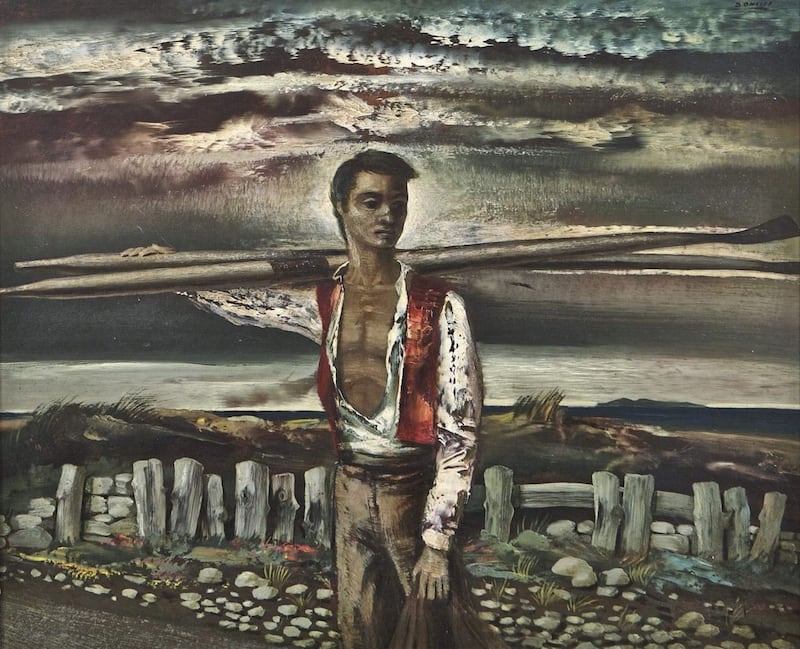
Indeed, while he was often described as 'aloof' or 'mysterious' during his lifetime, Reihill's new monograph highlights how O'Neill's struggles with personal demons and the stresses of the times he lived in – the Belfast Blitz, the sectarianism experienced during his first 'mixed' marriage, the shame of his subsequent divorce and the onset of the Troubles – may have had a huge impact on his character and work.
"I started to realise that he was saying a lot through his pictures," explains Reihill. "The more I investigated, the more I realised there was a real story there – a human story involving subjects like depression and alcoholism that weren't talked about in the 1940s and 50s. I want the public to look at him again with a sympathetic eye."
Timed to coincide with the centenary of O'Neill's birth in 1920, Reihill's latest handsomely appointed publication features a treasure trove of images depicting his work – some of which is being seen here for the first time – along with archival photographs of the artist, his friends and family.
It was supposed to accompany the first comprehensive retrospective for the enigmatic Belfast man since his death: sadly, the pandemic put paid to the planned exhibition in May at the Farmleigh Gallery in Dublin, the city where the northerner's art first gained wider acclaim through his influential long-time agent Victor Waddington (who also represented Jack B Yeats).
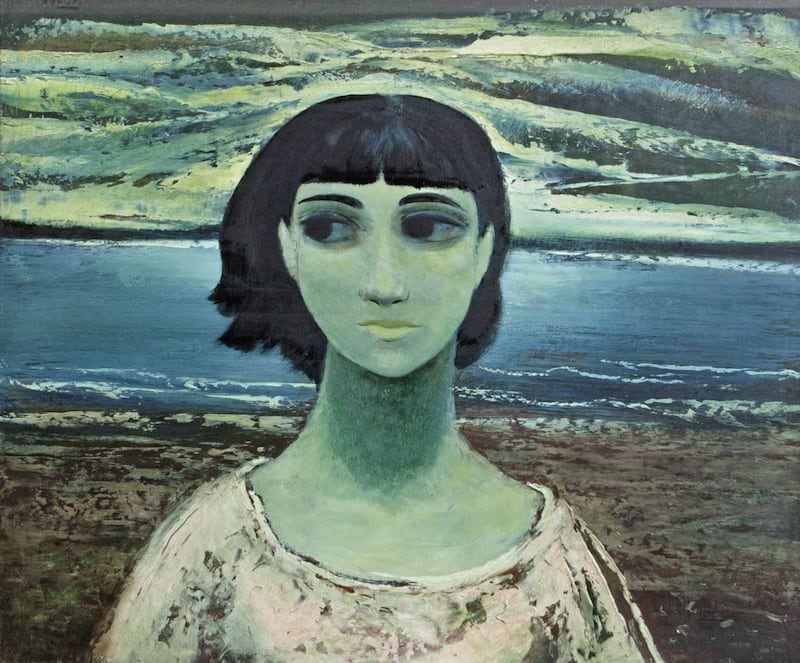
Thanks to her years of research into Dillon, Campbell and co, it was clear to Reihill that there were dauntingly large 'blanks' in Daniel O'Neill's life, particularly in relation to his time living and working in London during the 1950s and 60s – a period during which she believes his artistic output was clearly affected by the call of home across the Irish Sea.
"He missed his home and I think that comes across in those beautiful north Donegal scenes he painted in the 1960s," she says. "But it was really hard to uncover why he painted all these very reflective paintings. A lot of descriptions kept coming out about him being aloof and mysterious, yet his paintings seemed to evoke this other side to him."
O'Neill's shift in style between the early and late periods of his career has been a subject of debate among critics since his death, with many regarding his latter, bolder work as inferior. It also came as a shock to the painter's Belfast fans who "queued outside May Street's McClelland Art Gallery" to catch up with O'Neill's latest works in 1970 at his first home exhibition for over a decade, Expo '70, which coincided with his return to living and working in Belfast.
Yet, as Reihill points out, this change of direction in his palette and style can be attributed simply to the artist's discovery of boldly coloured acrylics in the early 1960s.
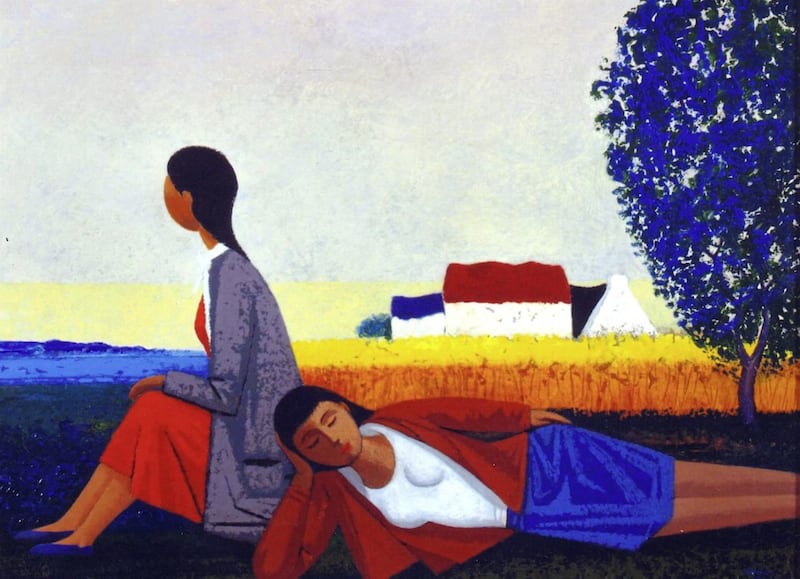
"Dan used to have to thin down the oils and apply them in these glazes – that's why there's this wonderful sensuality and romanticism to his early paintings," she explains.
"Then he was introduced to acrylics in London, these brilliant bright bold colours with much faster drying times. Back in Belfast, they hadn't realised that this had happened, and so they weren't ready for it – but actually, that show was a sell-out, so clearly somebody in Belfast was buying them."
When asked to pick some of her favourite Dan O'Neill's, Reihill is quick to put together a 'wish list':
"I absolutely love Girl From The North and Girl With Doll," she tells me. "I think I'd probably die and go to heaven for either of those. And, from his late period, I really love Divorce and Departure because it really tells the story of his life."
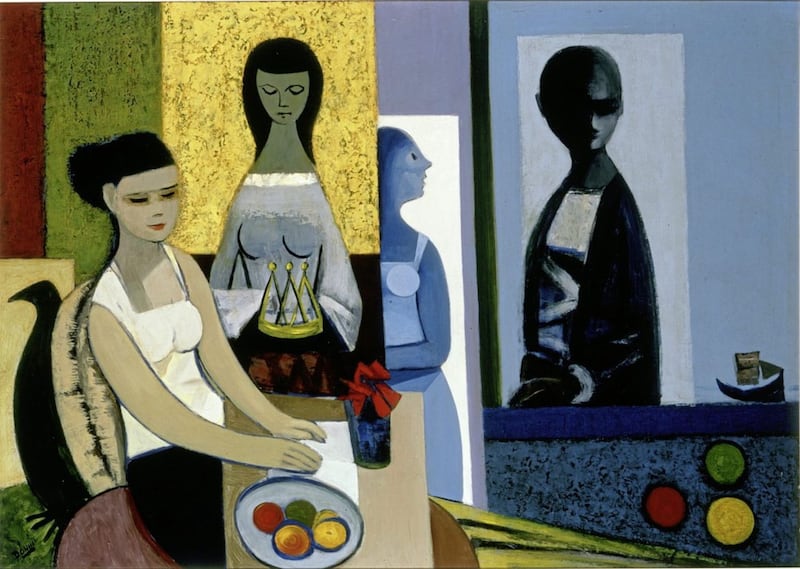
Painted in 1973, this colourful yet sombre picture found O'Neill ruminating on the failure of his three most important romantic relationships.
"I got it for the show and when I explained my interpretation of its meaning to the owner, she was quite taken aback," Reihill reveals.
As for whether Daniel O'Neill, Romanticism & Relationships is the last word on its subject, its author is not ruling out a future revised edition.
"I'm not saying that my interpretation of his life is right, but it's all I can do at the moment," she tells me. "If more information comes out, that would be wonderful."
Indeed, it seems that piecing together O'Neill's life has actually prompted Reihill to revisit her 'first love' again, as she explains.
"I'll be going back to Gerry Dillon next. He's really my core, my centre and I started doing all of this to try and get information about him. But I made mistakes along the way and I suppose I want to go back now that I've done this journey and I really have a more complete understanding of him."
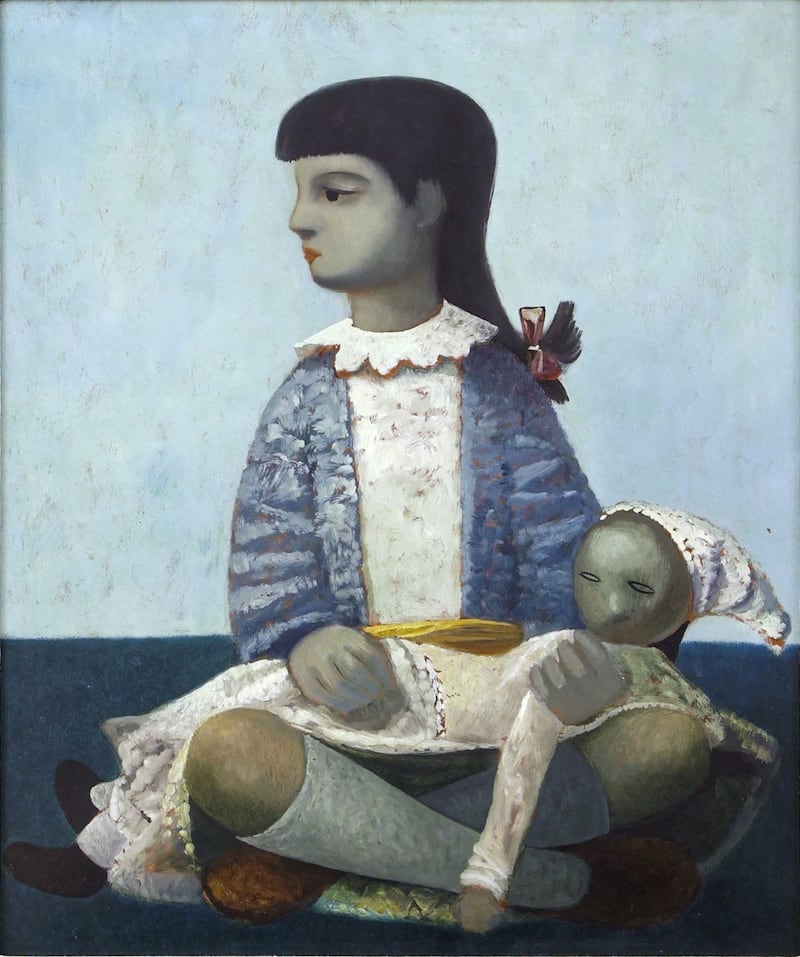
:: Daniel O'Neill, Romanticism & Friendships is available now via Frederickgallerybookshop.com
